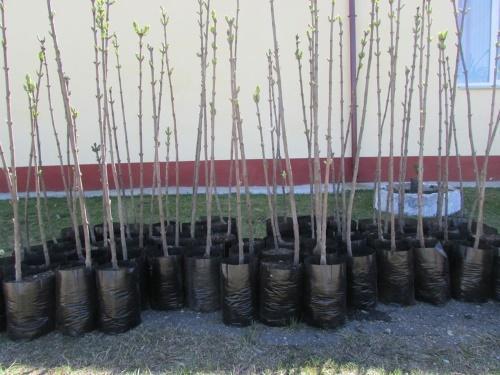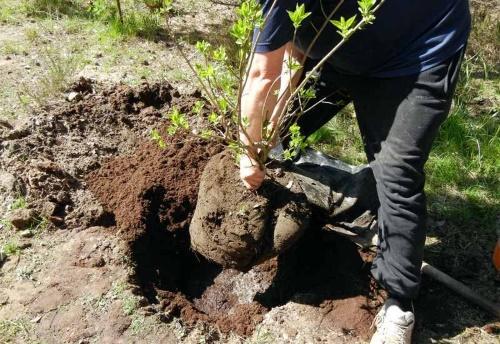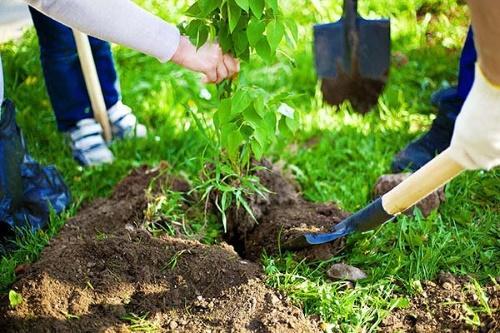When to plant lilacs in spring, summer and autumn
 Among garden flowering shrubs, lilac is one of the most unpretentious plants. Moreover, it is distinguished by active and rapid growth. Young shoots simply attack the space and require regular pruning, otherwise the bush will turn into a thicket. However, when planting seedlings, they do not always take root. And often the matter is not so much in the wrong soil, but in the failure to comply with the planting dates. Too early or late planting leads to freezing of delicate shoots. When to plant lilacs so that the seedlings take root successfully and do not die?
Among garden flowering shrubs, lilac is one of the most unpretentious plants. Moreover, it is distinguished by active and rapid growth. Young shoots simply attack the space and require regular pruning, otherwise the bush will turn into a thicket. However, when planting seedlings, they do not always take root. And often the matter is not so much in the wrong soil, but in the failure to comply with the planting dates. Too early or late planting leads to freezing of delicate shoots. When to plant lilacs so that the seedlings take root successfully and do not die?
When planning the breeding of lilacs, it is worth considering two points:
- growing region and its climatic conditions;
- what is the root system of the seedling.
Based on this, the landing dates are determined, which can be:
- in the spring;
- in summer;
- in the fall.
Spring planting of lilacs

Best of all, seedlings with a closed root system root in spring. Lilacs in pots already have good roots, which are intertwined with an earthen ball. In this case, the risk of damaging them is minimal, simply passing the seedling along with the earth into the hole.
It is important to have time to plant lilacs before the inflorescences form. Blooming seedlings in a pot should not be touched. Their landing is postponed until the end of summer or until autumn.
When to plant lilacs in summer?
 If the spring planting dates are missed, it is quite possible to plant lilacs in the month of August. For the Moscow region and the central region, this is even preferable. Spring in these parts is late, and summer is short. The August planting will allow the seedlings to have time to take root before the arrival of frost and better survive the winter. Bushes with an open root system are definitely planted in late summer or even later.
If the spring planting dates are missed, it is quite possible to plant lilacs in the month of August. For the Moscow region and the central region, this is even preferable. Spring in these parts is late, and summer is short. The August planting will allow the seedlings to have time to take root before the arrival of frost and better survive the winter. Bushes with an open root system are definitely planted in late summer or even later.
Benefits of planting seedlings in autumn
 For the southern regions, planting lilacs should be postponed until September. In August it is still too hot and seedlings do not root well, especially if there are problems with watering. But at the beginning of autumn, the temperature decreases, and besides, the rainy season begins. The seedlings that have grown over the summer tolerate transplanting well and manage to take root before the first frost.
For the southern regions, planting lilacs should be postponed until September. In August it is still too hot and seedlings do not root well, especially if there are problems with watering. But at the beginning of autumn, the temperature decreases, and besides, the rainy season begins. The seedlings that have grown over the summer tolerate transplanting well and manage to take root before the first frost.